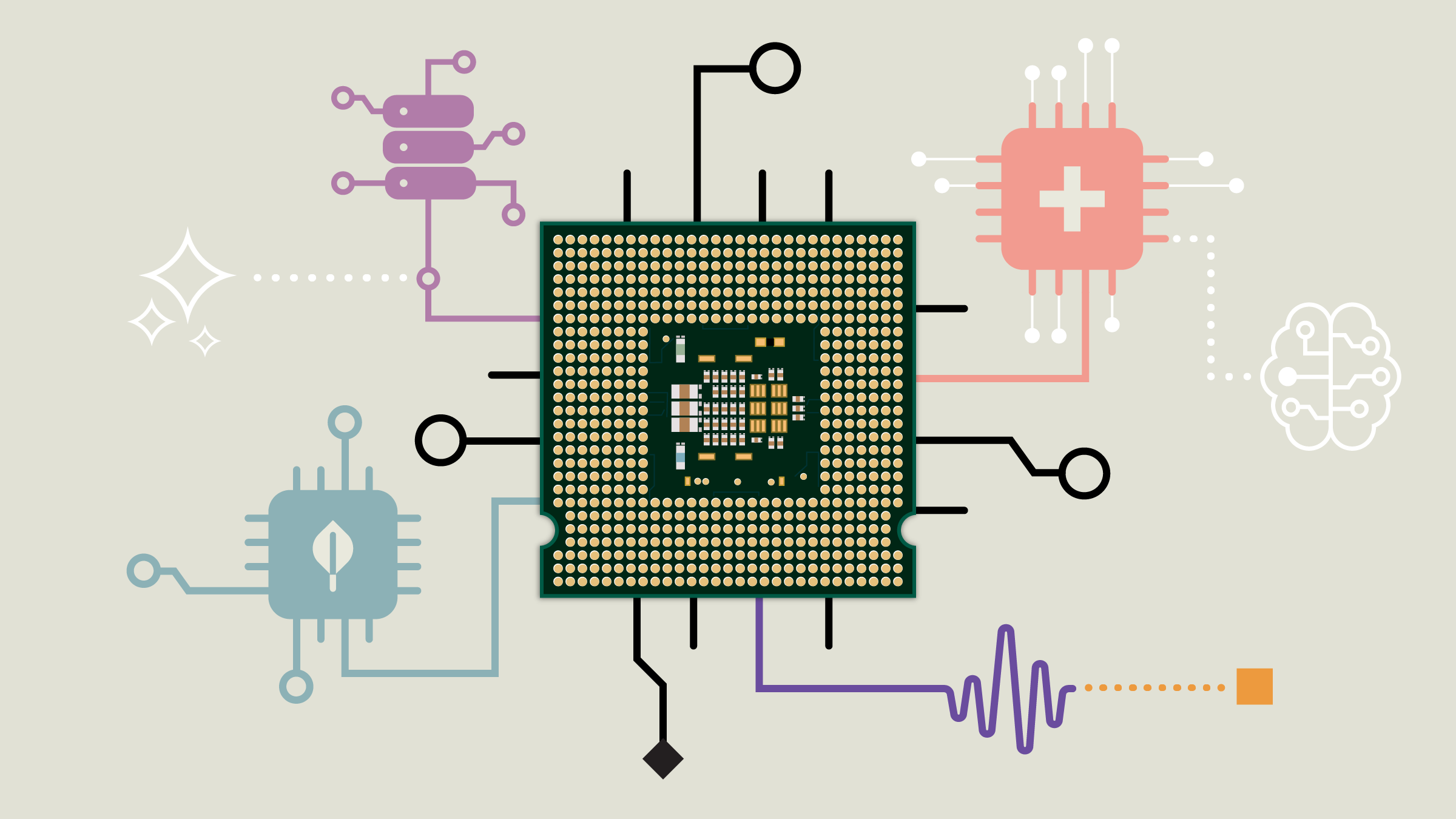Do you own a smartwatch that records how many minutes you walk every single day? The wearable technology monitors your health by checking vital medical signs. Clever tech is entering your home too, taking the effort out of chores, a robot vacuum can work wonders.
But have you ever thought of investing in these innovations? The number of domestic household robots is set to increase to 31 million between 2016 and 2019, up from just 3,700 in 2015, according to the IFR World Robotics Report 2016. Searches for ‘Automation and Robotics’ has more than doubled over the last five years, showing an increase in global awareness, according to Google Trends.
Robotics and the Threat of an Ageing Population
One major driver of the growth of robotic technologies is ageing population. Developed countries, including UK and the US, Europe and Japan, are quickly becoming unbalanced – with more dependent pensioners than working population. Robots can boost productivity to make up this shortfall between those that are strain on the State and those who contribute.
“These economies have a major interest in pursuing rapid automation adoption,” a report produced in April by McKinsey, the consultancy, said.
Karen Kharmandarian, portfolio manager of the Pictet Robotics fund agreed, saying robots will play a major role in sustaining and possibly even raising global productivity.
“Another megatrend is the high speed of technological innovation. The capacity of semiconductors has allowed the smartphone of today to be much more powerful than a personal computer of ten years ago. This is also fuelling an improvement in the capabilities of robots,” said Kharmandarian.
Tech Giants Snap Up Automation Technology
Even tech giants are looking to develop automation technology. Amazon (AMZN), the e-commerce company, bought a robotic warehouse system maker Kiva in 2012 – which shows the company’s enthusiasm to adopt automation technology into their delivery business.
Google (GOOG) also purchased a portfolio of robotics-related businesses with the goal of creating a consumer robot technology by 2020, including Schaft a Japanese start-up which developed a two-legged robot.
UK Government Backs Robotics
Last November, UK Prime Minister Theresa May pledged to invest £2 billion to back the development of robotics and biotechnology, improving UK’s competitiveness in the global arena.
In terms of industry, the UK is behind the curve compared to rest of the world, Mike Wilson, president of British Automation & Robot Association told the BBC earlier last November.
“We have got something like 31 robots per 10,000 workers outside of automotive whereas countries like Germany you have got 160 robots per 10,000 workers,” said Wilson.
Wilson sees May’s pledge as an opportunity for the UK to catch up with global peers – which could suggest an investment opportunity.
“I think the £2 billion will make a difference in terms of robotics technology development. The majority of robots today used in mundane arduous dangerous dirty jobs the kind of jobs that we should not have people performing into today’s world. There is many much more scope applied with the UK manufacturing to take those jobs away, and then those jobs are replaced by more highly skilled opportunities where people can really add value to the tasks that they’re performing,” said Wilson.
Robotics is a Global Phenomenon
While developed economies are using robots to boost productivity, emerging markets are also increasingly reliant on robotic technology. South Korea has a 35-year history of designing and building robots and an annual growth rate of robot manufacturing of 21% since 2008, according to a report produced by BlackRock.
China is looking to robotics in order to meet its ambitious productivity goals, aiming to double per capita income by 2020 from its 2016 levels. Utilisation of robots in manufacturing industries would allow China to increase efficiency and to cut costs further, the report from BlackRock read.
Howie Li at ETF Securities agreed, saying that while China is the world’s largest importer of robots, the nation’s use of industrial robots is still way behind other countries, suggesting more growth behind the story.
Record Inflows into Robotics Funds
Savvy investors are cottoning on to the profit potential in robotics. Inflows to both active and passive robotics funds since the beginning of the year have seen record levels, data from various platforms showed.
Flows into robotics ETFs and actively managed open-end funds have accelerated significantly over the last 12 months, from an estimated $5 billion to $9 billion over this period, according to Bank of America Merrill Lynch.
Data compiled by Morningstar Direct showed that February recorded the largest monthly inflows of robotics ETFs ever with €138 million. Robotics ETFs saw €96 million inflows in March too.
There are only four robotics ETFs in the world – two in the US and two in Europe. Assets under management for these four ETFs grew from $415 million in December to $1.1 billion in March, according to data provided by BlackRock.
In March, Pictet soft-closed its Robotics fund after hitting €3 billion in assets in less than two years since launch. The decision to limit new subscriptions into this robotics fund showed the popularity of robotics investment. In the same month, another asset manager Candriam Investors launched a thematic fund focused on developments in robotics and artificial intelligence.
Investing in Robotics at Low Cost
Investors who want a slice of the action can choose between the iShares Automation & Robotics ETF (RBOT) which launched last year, and has an ongoing charge at 0.4%, and Robo Global Robotics and Automation GO ETF (ROBO) with an ongoing charge of 0.8%.
The Polar Capital Global Technology fund is the only positively rated fund by Morningstar analyst in the sector equity technology Morningstar category. This Bronze Rated fund benefits from experienced managers backed by a well-resourced team, said Samuel Meakin, Morningstar’s fund analyst.
This approach is characterised by fund managers, Nick Evans and Ben Rogoff’s belief that they can add value by investing in companies offering new, disruptive technologies, said Meakin. This results in a process that combines thematic analysis, to identify the growth areas of the industry, with rigorous bottom-up company analysis. The ongoing charge for the retail share class is slightly lower than the median for the category at 1.7%. The fund gained 32% in 2016 and it has 27.7% three-year annualised returns and 18.2% five years annualised returns.































